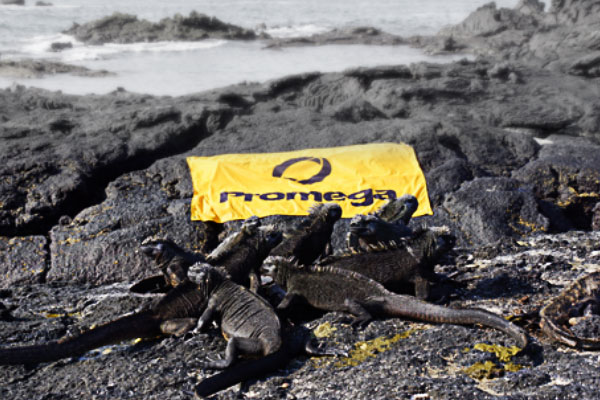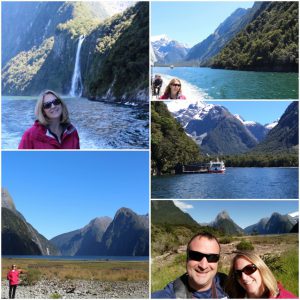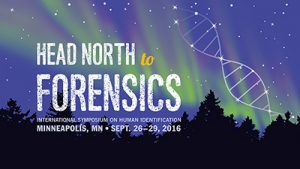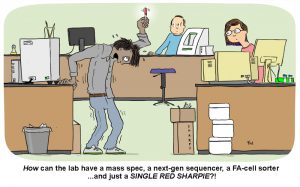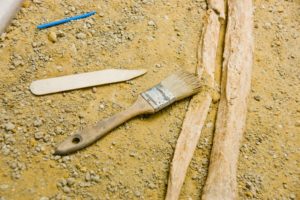
Today’s Promega Connections blog is written by guest blogger Rachel H. Oefelein, QA Manager/Senior DNA Analyst at DNA Labs International.
Shakespeare said, “The evil that men do lives after them; the good is oft interred with their bones.” This is continually true in the case of unidentified remains throughout the United States. The action of a person going missing or the events leading to an individual’s demise are frequently the memory that haunts a town or the media for years to come. However, for each such case, somewhere lies a set of skeletal remains not yet found, or just as tragic, recovered but still unidentified. The National Missing and Unidentified Persons System (NamUs) estimates approximately 40,000 sets of unidentified skeletal remains linger in morgues around the country or that have been cremated and buried as Jane and John Does.
Many crime labs do not have protocols in place for the extraction of DNA from skeletal remains or have outdated protocols for bone extraction that are not sensitive enough for poor quality bones. Bones are often recovered from harsh environments and have been exposed to extreme heat, time, acidic soil, swamp, chemicals treatment, etc. These harsh environmental conditions degrade the DNA present in the remains which further complicates the already difficult procedure of releasing the DNA in cells buried deep within the bone matrix. Another challenge is that cases often involve recovery of skeletal remains in areas with animal activity, water recoveries and scenes involving explosions or fires; these case types may require re-association of dozens if not hundreds of bones and bone fragments.
Continue reading “Bones: Improved Technology is Bringing Loved Ones Home”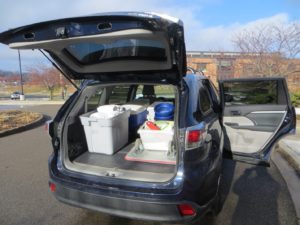
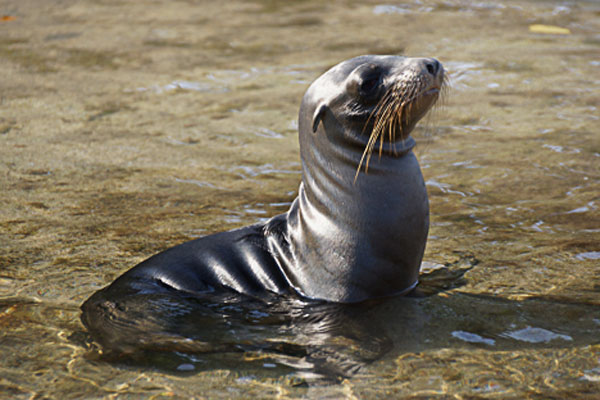
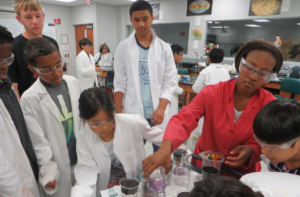 This motivational quote has echoed throughout my life from childhood. It has inspired me to be fearless in dreaming, to be ambitious and to reach for those goals without fearing failure. So, naturally at the ripe age of 10, my goal was to become a scientist and discover a cure to both AIDS and cancer with a secondary plan of becoming this nation’s first female President. However, as I grew older, I realized my genuine interest and excitement for science and that I enjoyed not only learning about various scientific concepts but also sharing this information with others. Therefore, I completed a Bachelor’s of Science degree with a major in Molecular Biology and minor in Chemistry and decided to continue my studies as a graduate student at UW-Madison in the Cancer Biology graduate program. My goal was to graduate and aid in disseminating scientific knowledge.
This motivational quote has echoed throughout my life from childhood. It has inspired me to be fearless in dreaming, to be ambitious and to reach for those goals without fearing failure. So, naturally at the ripe age of 10, my goal was to become a scientist and discover a cure to both AIDS and cancer with a secondary plan of becoming this nation’s first female President. However, as I grew older, I realized my genuine interest and excitement for science and that I enjoyed not only learning about various scientific concepts but also sharing this information with others. Therefore, I completed a Bachelor’s of Science degree with a major in Molecular Biology and minor in Chemistry and decided to continue my studies as a graduate student at UW-Madison in the Cancer Biology graduate program. My goal was to graduate and aid in disseminating scientific knowledge.